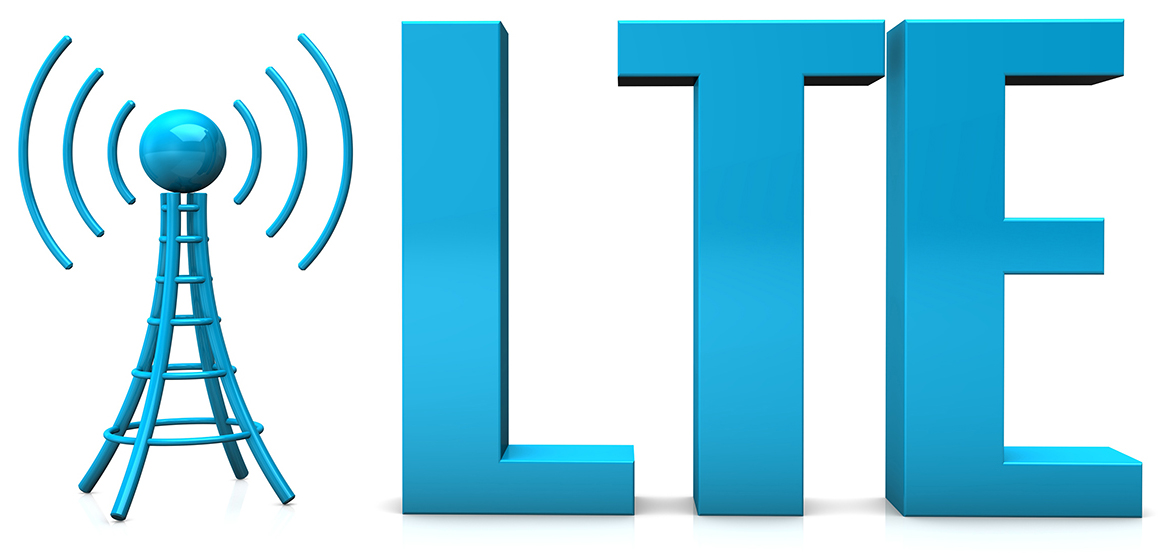WHAT IS LTE? EVERYTHING YOU NEED TO KNOW ABOUT LTE!
LTE stands for Long-Term Evolution and is a standard for mobile broadband via 4G, currently the fastest standard for routers, smartphones, and other mobile devices. LTE is a registered trademark owned by ENSI (European Telecommunications Standards Institute).
What is LTE and 4G
4G, the fourth generation mobile network, was brought forward to replace 3G and initially promised a connection with higher reliability and faster connection than 3G, 10 times faster was what was promised. If we are to try a Swedish translation of 4G LTE, it roughly means the fourth generation mobile network for long-term development. Many people use 4G and 4G LTE, but they are not the same thing.
Efficient use of spectrum
The International Telecommunications Union, the International Telecommunications Union-Radio (ITU-R), which is a UN agency for information and communication technology, defined the 4G standard in March 2008. It was decided that 4G would offer speeds of up to 100 Mbit/s for mobile use and for stationary use, 4G would offer speeds around 1 Gbit/s. ITU-R does not have control over the implementation of the standard, which meant that the first version of the fourth generation mobile network did not offer "real 4G". This is because other groups, such as the 3GPP, worked to develop standards in collaboration with the hardware suppliers and therefore the first LTE networks and many generations of LTE networks thereafter were not "true 4G networks".
Later, the ITU-R decided that these early LTE networks should still be defined as 4G networks and the name has been changed so that they are real 4G networks.
LTE-advanced
The LTE networks that exist today use a standard called LTE-Advanced, which uses several different connection paths, and fulfills the speed requirements that exist on the market.
lte not real 4g
LTE categories
The LTE standards in use today provide down link speeds of 300 Mbit/s as a maximum, and uplink speeds of 75 Mbit/s. LTE supports significantly higher speeds, speeds and how many antennas need to be used are defined in LTE categories, which you can read more about here.
LTE supports both frequency division duplex (FDD) and time division duplex (TDD) and in Sweden, we support both FDD and TDD depending on the frequency band.
LTE band
The frequency ranges of the LTE standard include a number of different bands, these bands are designated with both frequency bands and band numbers, this is described in a separate blog post about <ahref=”https://www.induo.com/b/lte-band-mobilt-bredband /” title=”LTE Band”>LTE Band.
VoLTE - digital talk
The LTE standard only supports the transmission of IP traffic and thus does not support speech or voice calls. The vast majority of operators in Sweden use VoLTE or Voice over LTE. This means that there is no requirement to maintain GSM or 3G for voice calls in the long term. VoLTE has up to three times more voice and data capacity than 3G and up to six times more than GSM.
LTE in the 5G future?
Operators are eager for 5G, but there is still much to be gained from LTE networks. 5G is launched, but our assessment is that LTE networks will be a central part of mobile networks at least until 2025 or beyond.


Comments
Post a Comment